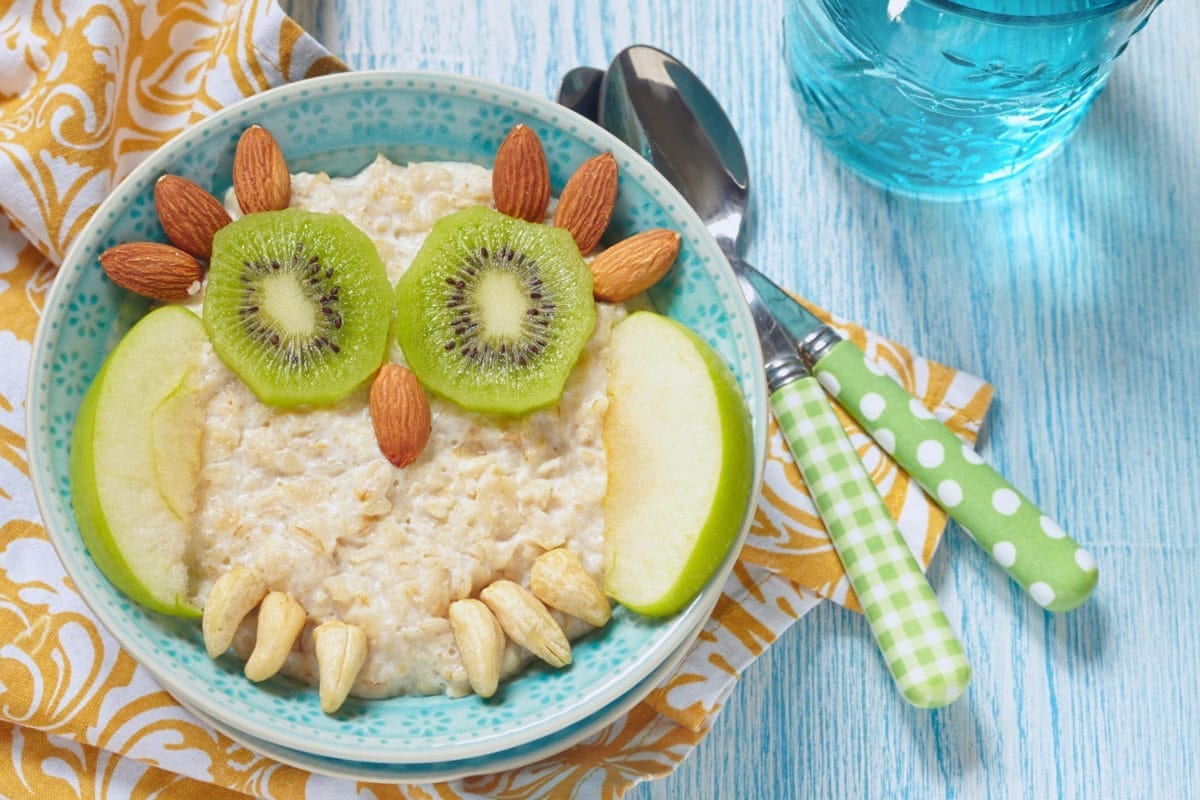The toddler years of your child are between the age of one to three years, and according to experts, this is the time when social, emotional and cognitive development is taking place. So, what do you need to do to help their proper development and keep your little one as energetic as ever? The answer is; developing healthy eating habits and ensuring proper exercise!
Children can be fussy with their food but that is no reason that you give up and start forcing them into eating what is right.
Whether your child is a toddler, preschooler or a teenager, inculcating healthy eating habits will always be a cumbersome task for parents.
The key to this lies in inculcating healthy eating practices in the early years. When a child is young, he/she is more adaptable and open to learning new things, which is when the parents can teach them the importance of healthy eating.
It’s the parent’s job to provide healthy food for their kids, your child may not eat all what you’ve served them, and that’s okay. Stick to your routine by serving your kids three healthy meals and two or three healthy snacks a day.
1. Invite everyone to sit together at the dining table during mealtime
Eating together as a family is how kids learn to make healthy food choices and learn the correct table manners. They’ll eventually start to learn the rules of dining.
2. Designate an eating zone
Restrict eating to dining table/ kitchen. You’ll save your children countless calories from mindless munching in front of the gadgets/TV.
3. Be a role model
Kids are the best imitators as we all know ! Choose healthy meals and snacks for yourself too, so that kids see what you’re eating and they might want to imitate you.
4. Allow kids to decide what should be on their plate
It’s good to let kids (including picky eaters) choose from what’s on their plate, and it’s OK if they choose just one or two things.
5. Cooking with kids: encourage participation in nutrition
Kids are more likely to eat the foods you serve if you involve them in the process. So, instead of just serving up a dish you cooked up on your own, ask your child to help with peeling vegetables, shredding cheese etc. and and can even take on meal preparation duties, such as setting the table.
6. Keep trying if you don’t succeed
If your child rejects something, try again in a few weeks. Keep making the food available, and eventually after another 10 to 20 tries your child may develop a liking for it.
7. Cut back on junk
Remember, YOU — are in charge of the foods that enter the house. By having fewer junk foods around, you’ll have your children to eat more fruits, vegetables, whole grains, and dairy products.
8. Allow treats
Decide on your family’s guidelines for sweets/dessert and stick to it. Candy, soda, and cookies can be”sometimes” foods.
9. Avoid processed foods
Foods lose their vitamins when they’re processed. They are also full of chemicals, even BPA.
10. Don’t stress about the amount of food they eat
Don’t get angry with your child for not finishing everything on their plate. If your child typically doesn’t eat a full plate during a meal, start offering smaller portions.
Your paediatrician is a wonderful resource for monitoring healthy weight gain, so don’t skip those check-ups!
For more resources for your preschooler toddler / infant visit our Learning Lab at www.proeves.com/learninglab.php

